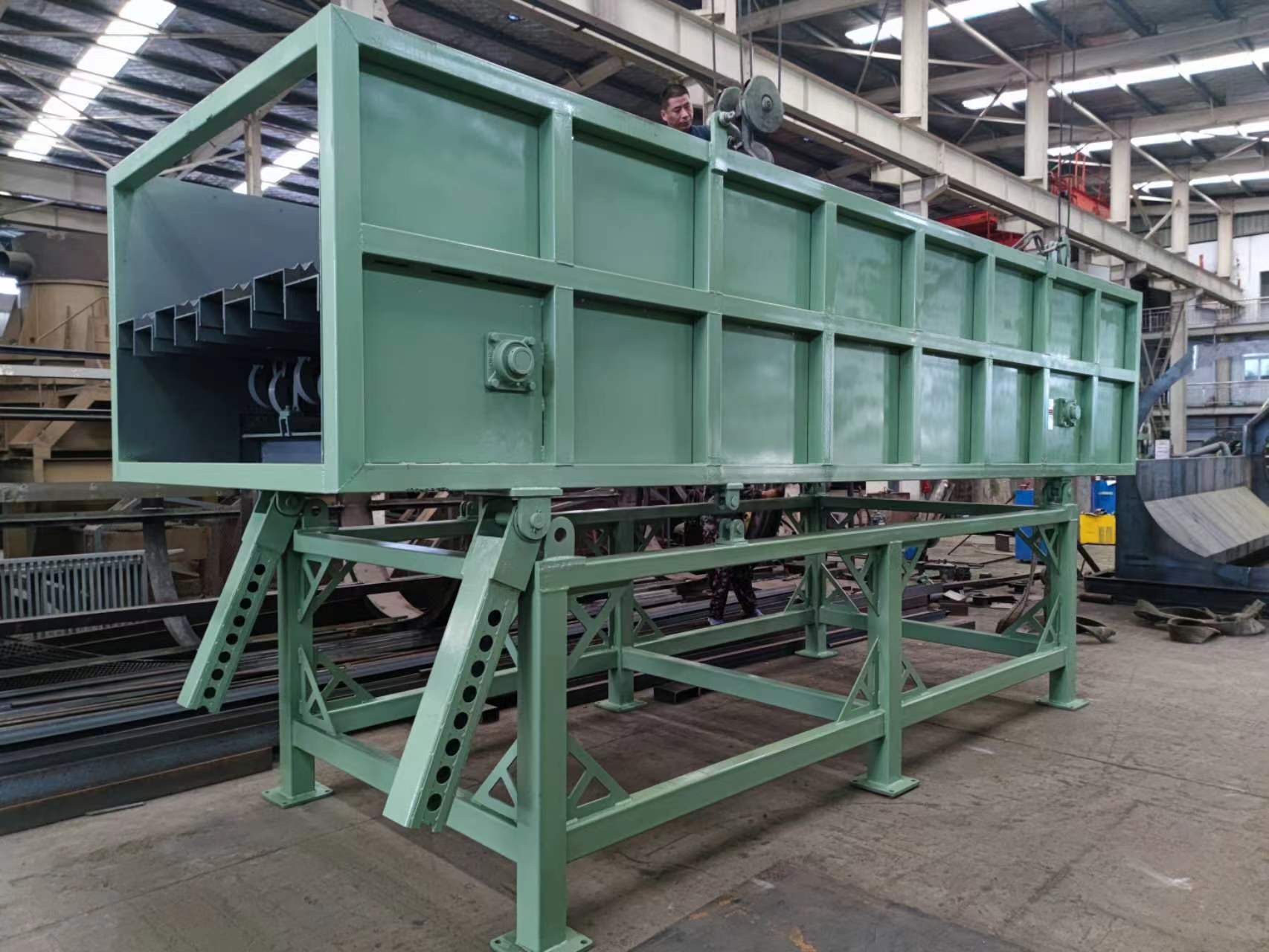Bounce Screens: The Latest in Waste Sorting Technology
Date:2024-08-27
View: Point
Introduction:
A bounce screen is a mechanical device that uses vibration to sort particles by size. The mechanism typically consists of a frame with a perforated surface (the screen) that vibrates at high frequencies. This vibration causes the material being screened to move across the surface, while smaller particles pass through the openings in the screen. The design can vary, but most bounce screens have adjustable stroke and frequency settings to optimize performance for different applications.

The main components of a bounce screen include:
- Screen Surface: Often made from metal wire cloth or other materials, it is designed to withstand wear and tear.
- Vibration Mechanism: Typically involves eccentric weights that generate the oscillating motion.
- Feeding System: Ensures a consistent flow of material onto the screen.
- Discharge Area: Where the separated materials exit the machine.
Applications:
Bounce screens find extensive use in many industries, including mining, construction, agriculture, and food processing. Some specific applications include:
- Mining Industry: Separating different sizes of ores or coal.
- Construction Industry: Screening sand, gravel, and recycled materials.
- Agriculture: Sorting grains, seeds, and other agricultural products.
- Food Processing: Grading fruits, vegetables, and other food items by size.
- Recycling: Separating recyclable materials like plastics, metals, and glass.
Advantages:
- Efficiency: High throughput capacity and effective separation.
- Versatility: Can be used for dry or wet screening depending on the model.
- Durability: Robust construction suitable for harsh industrial environments.
- Adjustability: Can be fine-tuned for optimal performance based on material characteristics.
Zhongcheng Machinery Will Be There Whenever Wherever Whatever You Need
You Are Welcome to : phone call, Message, Wechat, Email& Seaching us, etc.
Email:
sales@zchmachinery.com
Whatsapp/Phone:
+8618738194110
Next:
MSW sorting plants
hot Products
-
 Trommel screenTrommel screen, also known as drum screens, are widely used in various industries for sorting and separating materials.Get Quote
Trommel screenTrommel screen, also known as drum screens, are widely used in various industries for sorting and separating materials.Get Quote -
 Crop straw double shaft shreddApplications:Biomass Energy Production: Shredded straw can be used as a feedstock for bioenergy plants to produce electricity or heat.Livestock Feed: Reduced-si...Get Quote
Crop straw double shaft shreddApplications:Biomass Energy Production: Shredded straw can be used as a feedstock for bioenergy plants to produce electricity or heat.Livestock Feed: Reduced-si...Get Quote -
 Zhongcheng Air Drum SeparatorAir drum separators effectively separate lightweight materials (e.g., plastics, paper) from heavier materials (e.g., metals, glass). This high efficiency is cru...Get Quote
Zhongcheng Air Drum SeparatorAir drum separators effectively separate lightweight materials (e.g., plastics, paper) from heavier materials (e.g., metals, glass). This high efficiency is cru...Get Quote
relate news
-
2024-06-20Wind Separator Technology for Lightweight Materials in Urban Solid Wastewind separator, also known as air separation, is a sophisticated and efficient method of sorting that utilizes air as the separating medium.
-
2024-05-18Mobile Jaw Crusher PlantMobile jaw crushing station is a novel rock crushing equipment, also known as mobile crushing station. The purpose of its design concept is to stand from the cu...
-
2024-07-16Drum screen garbage processing machine for msw recyclingManaging municipal solid waste (MSW) efficiently is crucial for urban areas. Drum screen garbage processing machines are a game-changer in this field. They ensu...
-
2024-05-18Hydraulic Cone CrusherHydraulic Cone Crusher integrates machinery, hydraulic pressure, electrics, automation, and intelligent control, which can be used for medium crushing, fine cru...
-
2023-01-12Apron FeedersApron Feeder is a conveyor manufactured from steel plates driven by steel chains wearing on steel surfaces. They are a robust design manufactured for durability...



